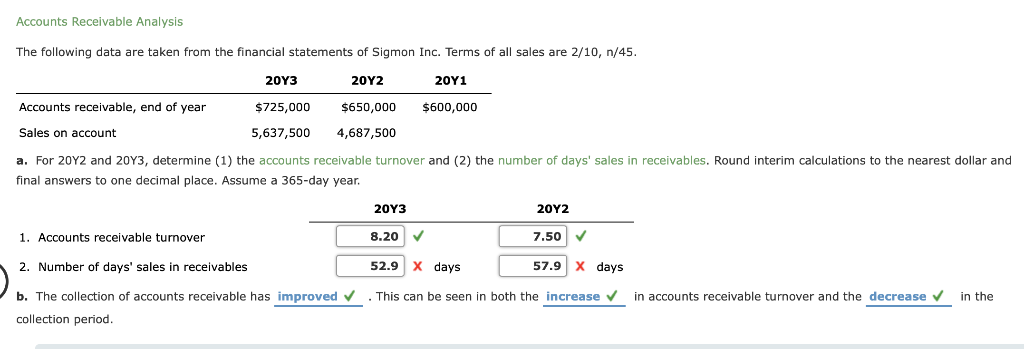
An aging report tracks unpaid invoices based on how long they have been outstanding, providing information about which customers are delinquent in paying their bills.Ī customer may delay payment due to a shortage of funds, or it might be that the customer is just slow at paying their bills. What Is An Accounts Receivable Aging Report?Īn accounts receivable aging report is a financial report that details the status of past-due invoices within an organization. Learn about the aging algorithm and review the accounts receivable aging report.Analyze accounts receivable aging report and develop strategies to shorten the age of the debt.Identify your bad debtors and create a plan to bring them back-to-health.What does 'Average Collection Period' in the Accounts Receivable Aging Report mean?.What does 'Age of Inventory' mean in an Accounts Receivable Aging Report?.


Different Types of Accounts Receivable Aging Reports.
#Standard accounts receivable terms in food industry how to

This report is usually generated periodically, for example, every month or weekly basis. The reason why it's so important is that it's the primary tool for monitoring how fast you collect outstanding invoices from your customers. The Accounts Receivable Aging Report is a critical report that every business should know and review regularly.


 0 kommentar(er)
0 kommentar(er)
